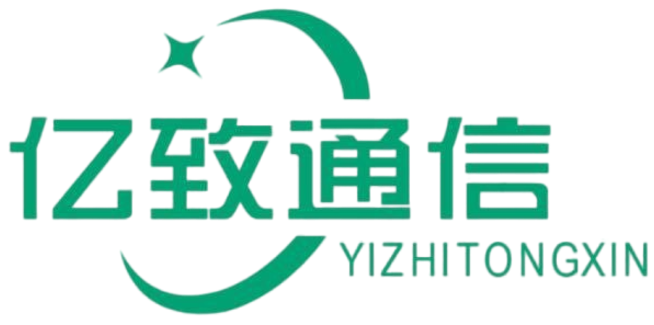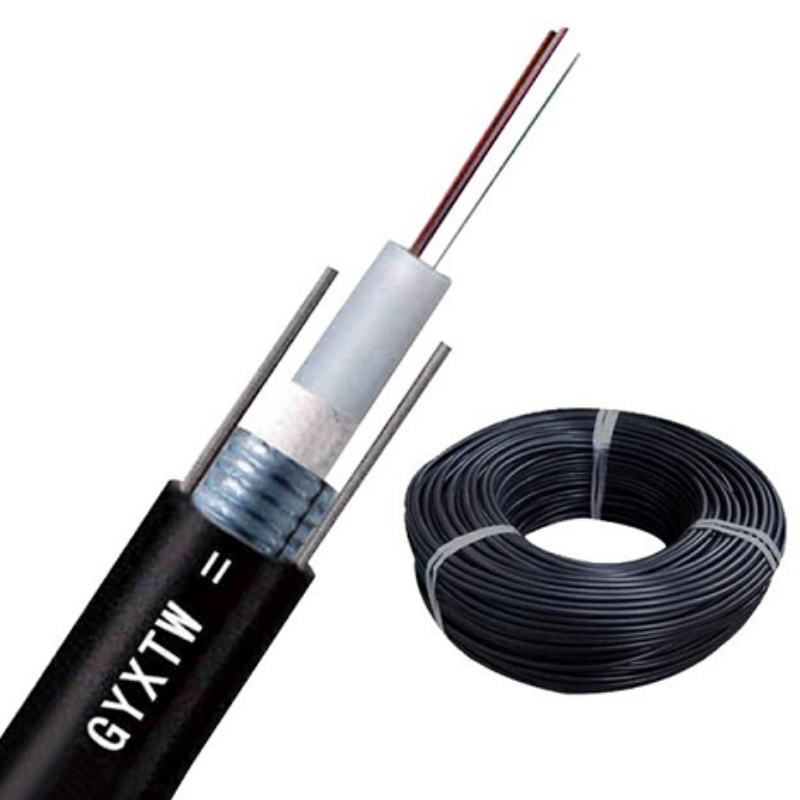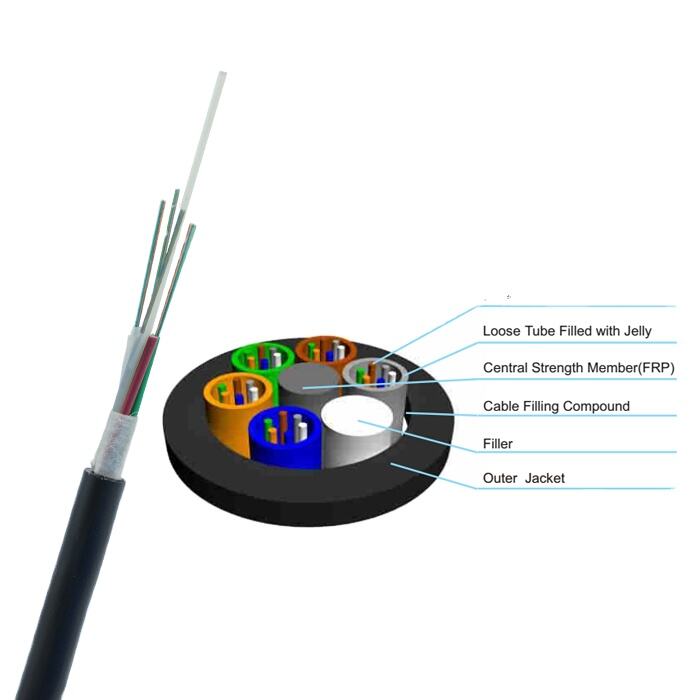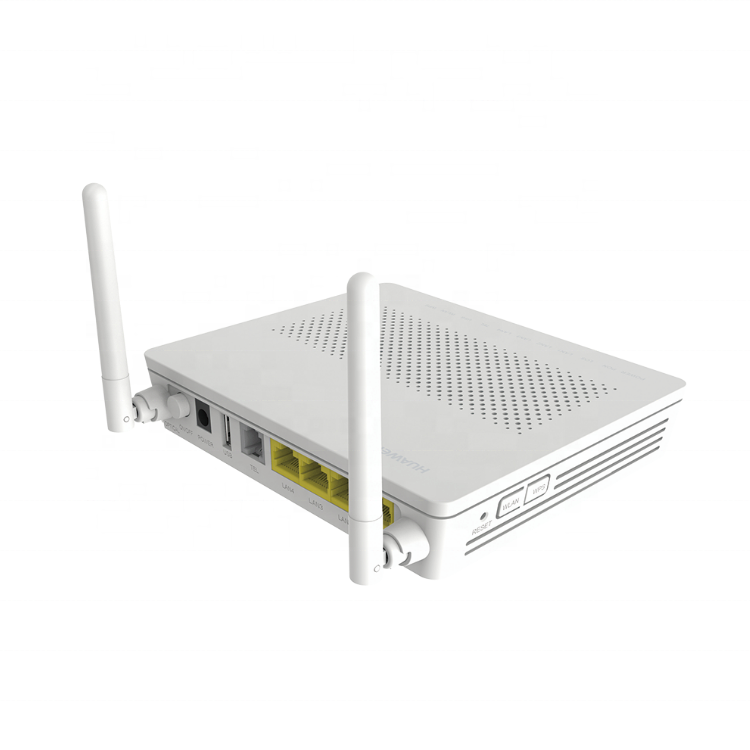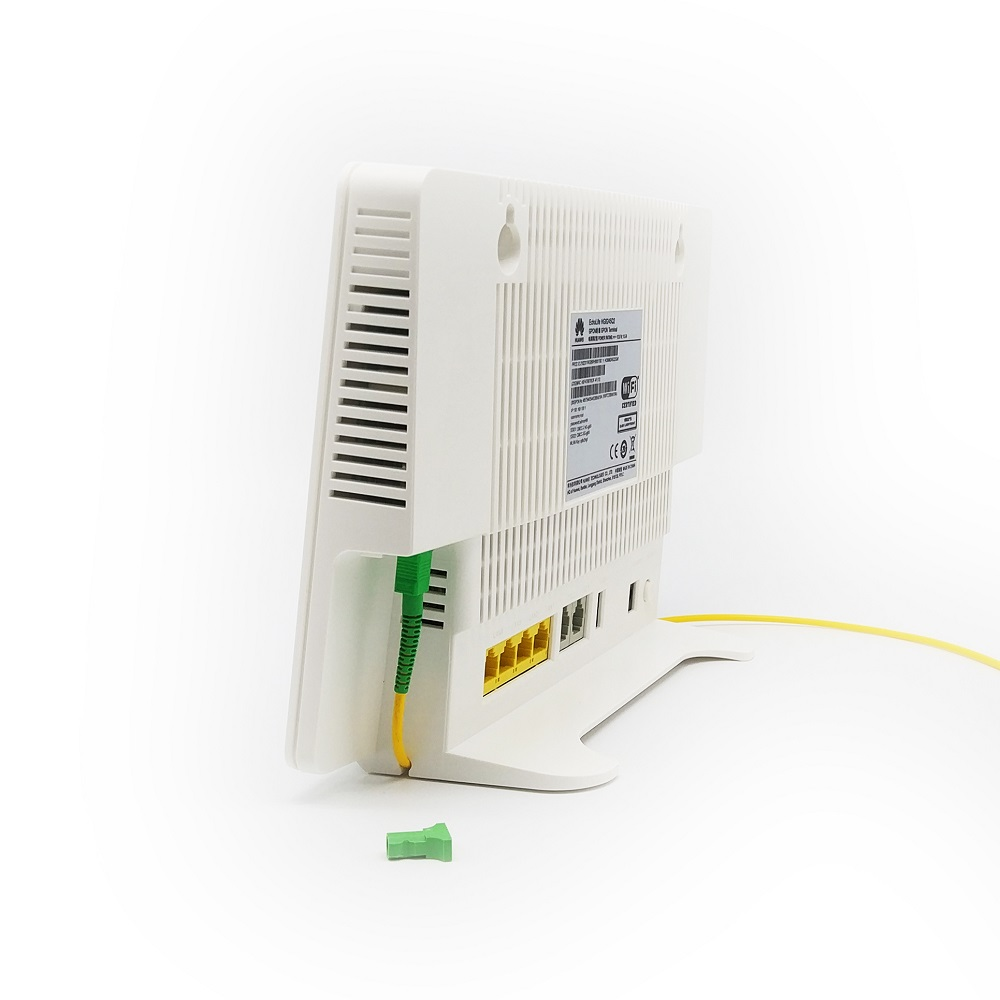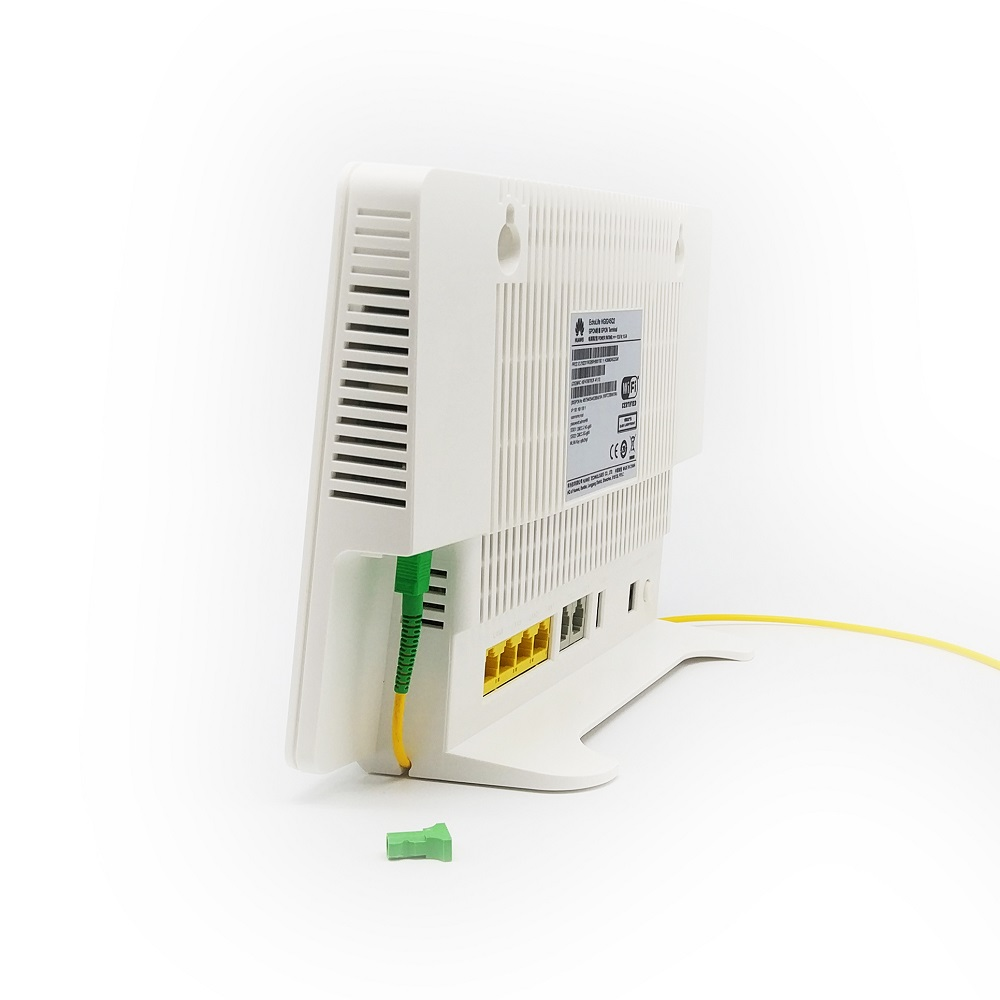qualitas fibra optica cablum
Fibra optica qualitatis praestantiae verticem technologiae telecommunicationis modernae representat, praebens capacitates transmissionis datorum sine precedente per filamentosissimas lineas vitrei aut plasti fiber. Haec funes informationem in forma impulsum lucis transferunt, habentes velocitates transmittendi data longe superiores quam traditio fenerum cupri. Technologia principalis vitreum fibrum centrale continet, circumdatum ab pluribus stratis protectivis, inter quos claudus stratum, quod optimam reflexionem lucis conservat, stratum buffer pro protectione addicionali, et tunica externa pro protegendo a conditionibus environmentalibus. Hi cables in communicatione longe distantia excellunt, supportantes transmissionem data per plures kilometer sine notabili degradatio signi. Processus manufacturae praestantiae minimam amissionem signi, capacitem bandae superioris, et mirabilem resistentiam ad interference electromagneticam assequitur. Fibras opticas qualitatis ingeniose fabricatae sunt ut integritatem signi servent per varias condiciones environmentalis, eas idoneas reddentes tam pro installationibus interioribus quam exterioribus. Illae roles cruciales in retebus telecommunicationis, infrastructura internet, systematibus televisivis cablatis, et centeris datis corporativis funguntur, praebentes fundamentum pro communicatione digitali moderna.
